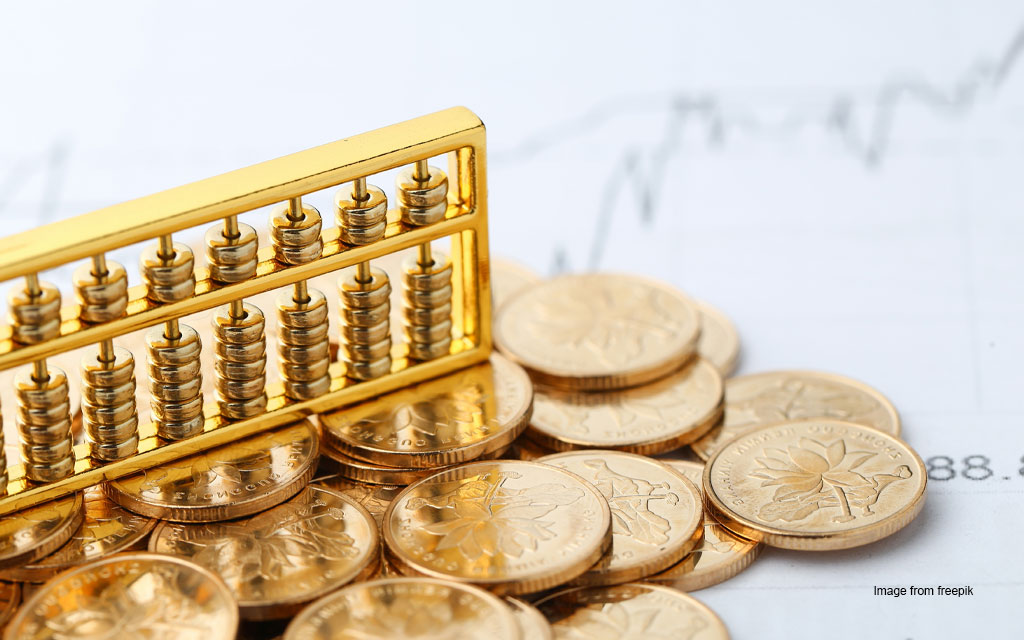Up until the end of July, when the price of the precious metal spiked, China’s Central Bank did not purchase gold for three months in a row.
Citing statistics from the Central Bank of China (PBOC) today (August 7), Krishan Gopaul, a market analyst at the World Gold Council (WGC), revealed the information. As a result, the PBOC still has 2,264 tons of gold.
The World Gold Council (WGC) reports that in 2023, the PBOC added 225 tons of gold to its stockpiles, the largest one-year increase since 1977. But when prices increased in May, the agency decided to stop buying gold after eighteen months.
On July 16, 2024, the price of an ounce of gold reached its peak globally, with speculators raising their wagers on the US Federal Reserve’s (Fed) monetary easing program. Retail jewelry sales in China have been negatively impacted by high costs, but as investors want to safeguard their investments as the economy slows down, gold bars and coins are becoming more and more popular.
When gold prices climb, the PBOC is not the only central bank to cut back on or cease purchasing gold reserves. In June, Singapore even reduced its gold holdings to the lowest level since 2000. Global central banks purchased 183.4 tons of gold in the second quarter, a 38.85% decrease from the first, as reported by WGC.
What are the opinions of experts?
Analysts predict that in order to diversify its foreign exchange reserves and support the weak home currency, the PBOC will find methods to keep purchasing gold when the price is appropriate.
With 3,220 billion USD in reserves as of June, this nation has the greatest foreign exchange reserve size in the world. However, the percentage of gold in all reserves at the Monetary Fund International, including reserve positions and special drawing rights (SDR), is just 4.9%. China previously took nine years to get this pace, having started at 1.8% in 2015.
In contrast, the average percentage of gold holdings in worldwide central banks’ total foreign exchange reserves is 16%. This rate is quite high in several major, developed economies, such as the US (72.41%) and Russia (29.47%).
Nitesh Shah, a commodity strategist at WisdomTree, stated, “We believe the PBOC will buy gold in larger volumes for decades to come given that very large foreign exchange reserve base and size.”
The primary goal of the PBOC, according to Julius Baer analyst Carsten Menke, is to lessen its reliance on the USD and, in extreme circumstances, be less impacted by US sanctions. “Geopolitical tensions between China and the US are unlikely to disappear in the near future, regardless of the outcome of the presidential election,” he stated.



